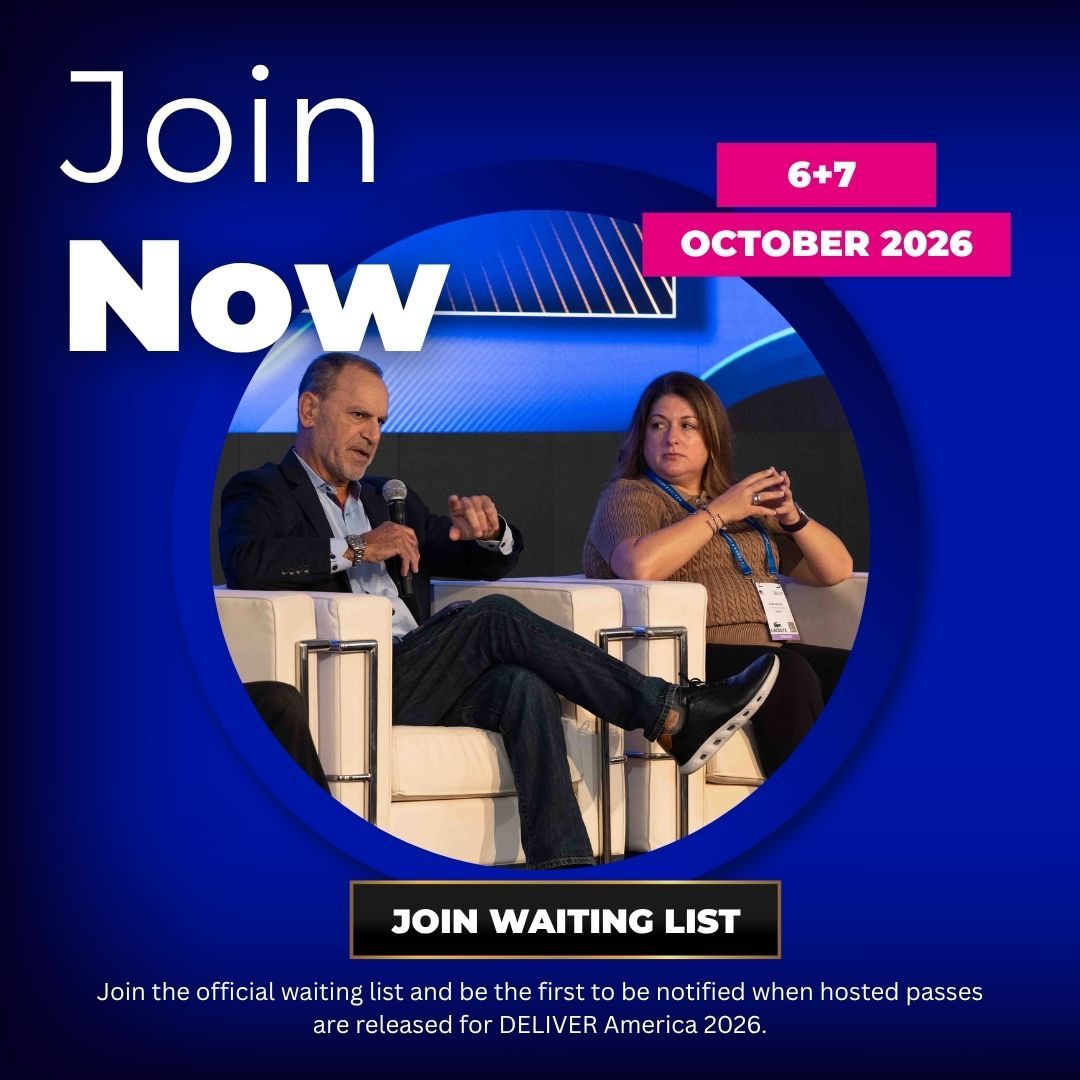The Agile Imperative: How Leading Brands Build Flexibility Into Their Supply Chains
In a business environment defined by volatility, agility has become more than a competitive advantage—it’s a survival strategy. During The Agile Imperative keynote at DELIVER America 2025, Pauke Corstens, Founder of The Investment Mindset and former VP at Walmart, Wayfair, and Groupon, moderated a dynamic discussion with Navin Chander, VP of Supply Chain Digital Strategy at Keurig Dr Pepper, and Laurent Cohen, SVP Operations at Rockstar Original. Together, they unpacked what true agility means in practice and how organizations can build flexible systems that respond rapidly to change.
Defining Agility in the Modern Enterprise
For Navin Chander, agility isn’t a buzzword—it’s a capability. “It’s about adapting and responding quickly and effectively to changes,” he explained. That requires empowered teams, transparent collaboration, and the infrastructure to act on data-driven insights. At Keurig Dr Pepper, Chander focuses on breaking down complexity—simplifying decision-making while maintaining clarity and direction.
He emphasized that agility lives in the details: sensing shifts in demand, adjusting plans at the “last responsible moment,” and ensuring that processes, systems, and people all move in concert. “Clarity brings capacity,” he added—a philosophy that transforms abstract agility into measurable business impact.
Speed vs. Resilience in the Fashion World
Laurent Cohen, who has scaled brands such as Fashion Nova, Michael Kors, and now Rockstar Original, described agility as the art of balancing speed and resilience. “Speed gets you ahead—but resilience keeps you there,” he said.
In the fast-moving fashion industry, timing is everything. Trends appear overnight and must hit the market instantly. Cohen shared how his team learned to stay operationally ready—able to design, manufacture, and ship products with almost no lead time. When traditional carriers imposed peak-season surcharges, Rockstar Original quickly pivoted to alternative last-mile partners, including Amazon Shipping and regional couriers.
“We gave a leap of faith to new vendors,” he recalled. “It was rough at first—customers were getting toasters instead of t-shirts—but with partnership and information sharing, we created something great.” The result: 30–40% cost savings compared to legacy carriers and a more agile logistics network built for growth.
Agility at Scale: Lessons from Walmart
Reflecting on his time at Walmart, Chander offered a vivid example of agility in action during the pandemic. In mid-2020, the company faced an unexpected shift: beach toys and outdoor goods, pre-allocated for coastal stores, suddenly became bestsellers in landlocked regions as families turned to local leisure.
“There was no algorithm for that,” he said. “But our systems were built to sense and respond.” Walmart’s ability to dynamically re-route inventory, cross-dock shipments, and empower teams at the store level turned a potential crisis into record sales.
For Chander, this responsiveness came from connected systems thinking—resisting silos and embracing digital twins of the supply chain to simulate, predict, and adjust in real time. “Software must become the operating core of the company,” he noted. “Data drives the decision-making.”
From Startups to Scale-Ups: The Agile Mindset
For Cohen, the lessons apply far beyond logistics. He argued that agility also lives in financial discipline and cultural mindset. “Don’t just chase revenue,” he cautioned. “A healthy P&L and smart cost control keep you sustainable.” His approach favors steady progress over expensive, underutilized technology. “AI can’t replace people—it’s a co-pilot. You still need the talent and training to use it effectively.”
Corstens tied these perspectives together, noting that agility is not an operational department but a leadership principle. Whether in technology, retail, or fashion, agile organizations combine human creativity with structured systems—balancing flexibility with focus.
A Call to Action
In closing, the panelists agreed: agility is not a temporary fix but an ongoing discipline. Breaking silos, empowering teams, and staying customer-focused are critical. For brands looking to scale sustainably, it’s not about doing everything fast—it’s about knowing when and how to adapt.
As Chander put it, “Define your system, bring it to life, and keep it connected.” Agility, in the end, is the bridge between strategy and execution.


